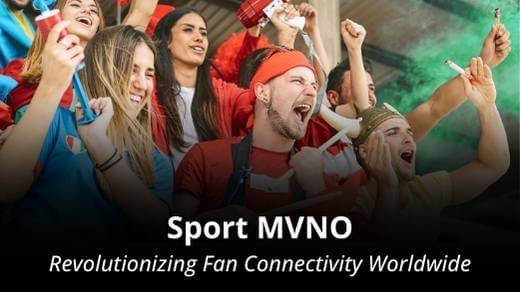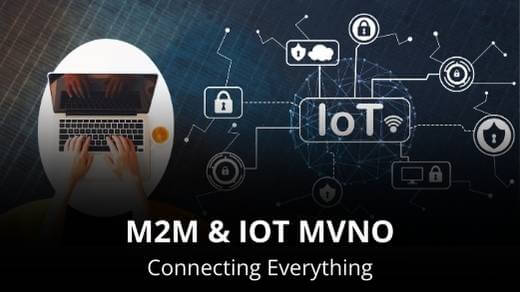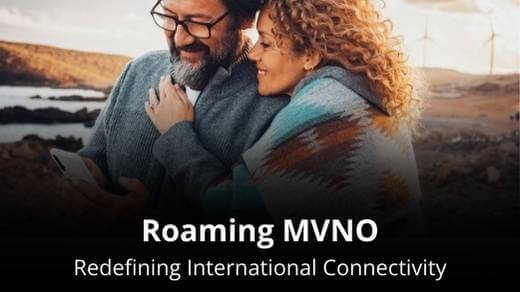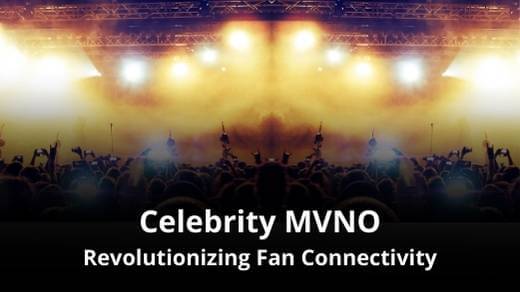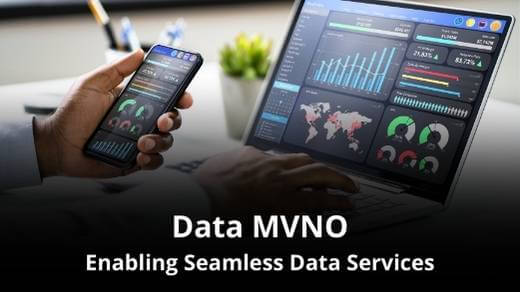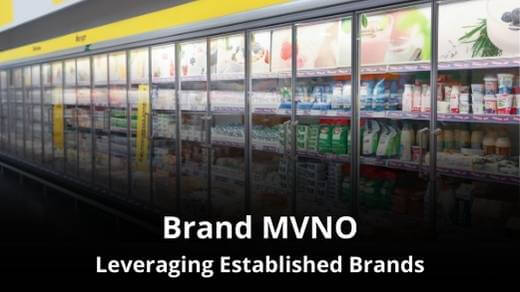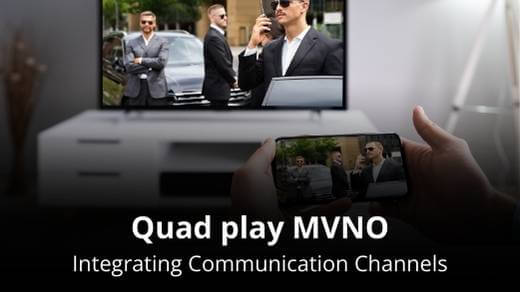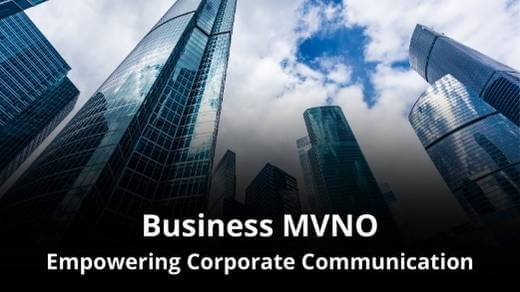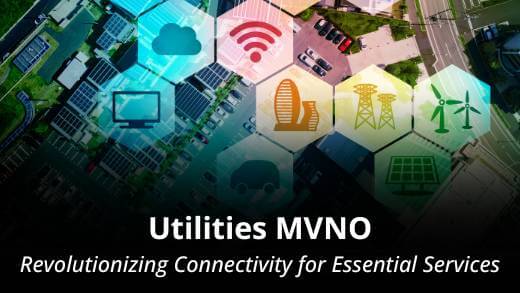Introduction about Starting a M2M & IOT MVNO (Mobile Brands)
M2M & IOT MVNOs provide M2M (machine-to-machine)/telemetry services or Internet of Things (IOT) connectivity, solutions & services. Enabling companies and consumers to enjoy new ways to manage and monitor their businesses, appliances, devices, lives, and health.
Clearly there is enormous potential and this market has a huge growth perspective the coming decades. M2M / IOT communications offer a world of opportunities to all parties involved, from product manufacturers, to MNOs, MVNOs through to end users.
What do you need to know about starting a M2M or IOT MVNO
- What are the advantages and disadvantages ?
- What are the Revenue sources and Pricing strategy?
- What are suitable segments?
- What kind of Mobile bundles are typically used?
- What kind of ARPU can you expect?
- What is the Go-to-Market Strategy?
- What are some points to think of for the Marketing Plan?
- What kind of financing is to be expected?
- What kind of MVNO type is typically used?
- What is the expected time for the launch?
- What is the expected impact of 5G?
- What is the expected impact of eSIM?
- Frequently Asked Questions
- Summary
What are the advantages and disadvantages of M2M & IOT MVNOs?
Advantages: They provide innovative solutions in IoT and telemetry, revolutionizing industries with smart technologies. Their services enable efficient management and monitoring, paving the way for the future of connected devices.
Disadvantages: Technical complexities in M2M integration demand expertise. Ensuring compatibility and reliability across diverse devices and platforms requires continuous advancements and adaptability.
What are the Revenue sources and Pricing strategy ?
Revenue Sources: Generates revenue from providing IoT solutions to businesses, including device connectivity, data analytics, and monitoring services.
Pricing Strategy: Offers subscription-based pricing models for businesses, tailored to the number of connected devices and data usage.
What are suitable segments/markets?
- Fleet Management: Offering M2M services for tracking vehicles, optimizing routes, and monitoring fuel consumption for businesses with fleets.
- Health Monitoring: Providing telemetry services for remote patient monitoring, enabling healthcare providers to track patients’ vital signs and health data in real-time.
- Environmental Monitoring: Offering M2M solutions for monitoring environmental factors such as air quality, pollution levels, and climate data in various locations.
- Industrial Automation: Providing telemetry services for manufacturing plants, enabling remote monitoring of machinery, predictive maintenance, and production optimization.
- Smart Agriculture: Offering M2M solutions for precision farming, allowing farmers to monitor soil moisture, crop health, and automate irrigation systems.
- Energy Management: Providing telemetry services for energy companies to monitor power grids, detect faults, and optimize energy distribution.
- Retail Inventory: Offering M2M services for retailers to automate inventory management, track product movement, and prevent stockouts.
- Home Automation: Providing telemetry services for smart homes, enabling homeowners to control lighting, temperature, and security systems remotely.
- Traffic Management: Offering M2M solutions for smart cities, allowing real-time monitoring of traffic flow, congestion, and optimizing traffic signal timings.
- Water Management: Providing telemetry services for water utilities, enabling remote monitoring of water quality, leak detection, and water distribution.
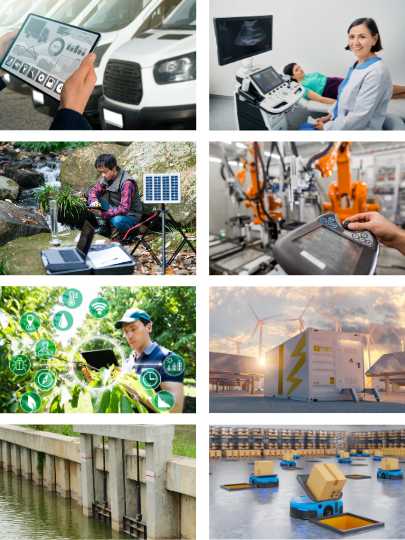
What kind of Mobile bundles are typically used for M2M & IOT MVNOs?
Data: High demand for real-time data transmission from connected devices, sensors, and telemetry systems. Use case: Health monitoring, vehicle tracking, environmental sensors.
Voice: Negligible demand, communication happens through data channels. Use case: Data transmission only, no voice communication.
SMS: Low demand, replaced by specialized protocols for device communication. Use case: Device alerts, system notifications.
What kind of ARPU can you expect?
ARPU: Low to High.
Why: M2M/IOT MVNOs provide specialized services for machine-to-machine communication, serving industries like healthcare, automotive, and IoT. They offer value-added services that command higher pricing. Mostly the ARPU is low, and it is therefore important to get large volumes to survive as an MVNO.
Where It Is Based On: ARPU can be low or high depending specialized services, including real-time data transmission and telemetry, crucial for various industries.
You need to work out the details in your Financial Plan.

What is the Go-to-Market Strategy for M2M & IOT MVNOs?

Collaborate with IoT device manufacturers for joint promotions. Offer comprehensive solutions for specific industries like healthcare and manufacturing, showcasing the efficiency gains. Provide robust technical support and conduct workshops to educate potential clients about the benefits of IoT technology.
- Target Audience: Industries relying on IoT, healthcare providers, automotive companies, and businesses requiring M2M communication.
- Pricing Strategy: Tiered pricing based on data usage, specialized plans for healthcare monitoring, real-time analytics services for businesses.
- Distribution Channels: IoT expos, healthcare conferences, and partnerships with IoT device manufacturers.
- Promotion: Webinars on IoT advancements, case studies on successful telemetry implementations, and whitepapers on industry-specific solutions.
- Customer Support: IoT integration assistance, real-time troubleshooting for telemetry issues, and dedicated support for healthcare monitoring.
What are points to think of for the Marketing Plan?
Partner with IoT device manufacturers, participate in industry exhibitions, and conducts workshops to educate businesses about IoT benefits. You need to work out below points in your Marketing Plan.
USP: Specialized IoT solutions, real-time data transmission, and industry-specific telemetry services.
Content Creation: Industry-specific IoT guides, case studies on successful telemetry implementations, and whitepapers on IoT advancements.
Promotions: Discounts on bulk IoT device purchases, free trials for telemetry analytics services, and exclusive access to IoT webinars.
Partnerships: Partner with IoT device manufacturers, healthcare equipment providers, and businesses specializing in IoT solutions.
Feedback Loop: Collaborate with industries to understand their unique telemetry needs, and analyze data usage patterns to optimize services.

What kind of financing is to be expected for M2M & IOT MVNOs?

Financing: Moderate
These MVNOs cater to industries relying on IoT solutions. Investment is necessary for IoT platform development, partnerships with device manufacturers, and specialized customer support for IoT implementations.
Financing requirements depend on the complexity of IoT solutions offered.
You need to work the details in your Financial Plan.
What kind of MVNO type is typically used for M2M & IOT MVNOs?
MVNO Type: Light or Thick/Full MVNO
M2M/IOT MVNOs require extensive control over their IoT solutions, including device management, data transmission, and specialized customer support.
Light or Full MVNOs provide the level of customization needed for serving IoT and telemetry applications.
See also: Different types of MVNOs
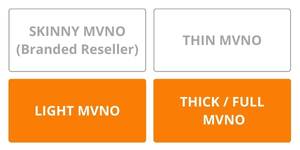
What is the expected time to launch?
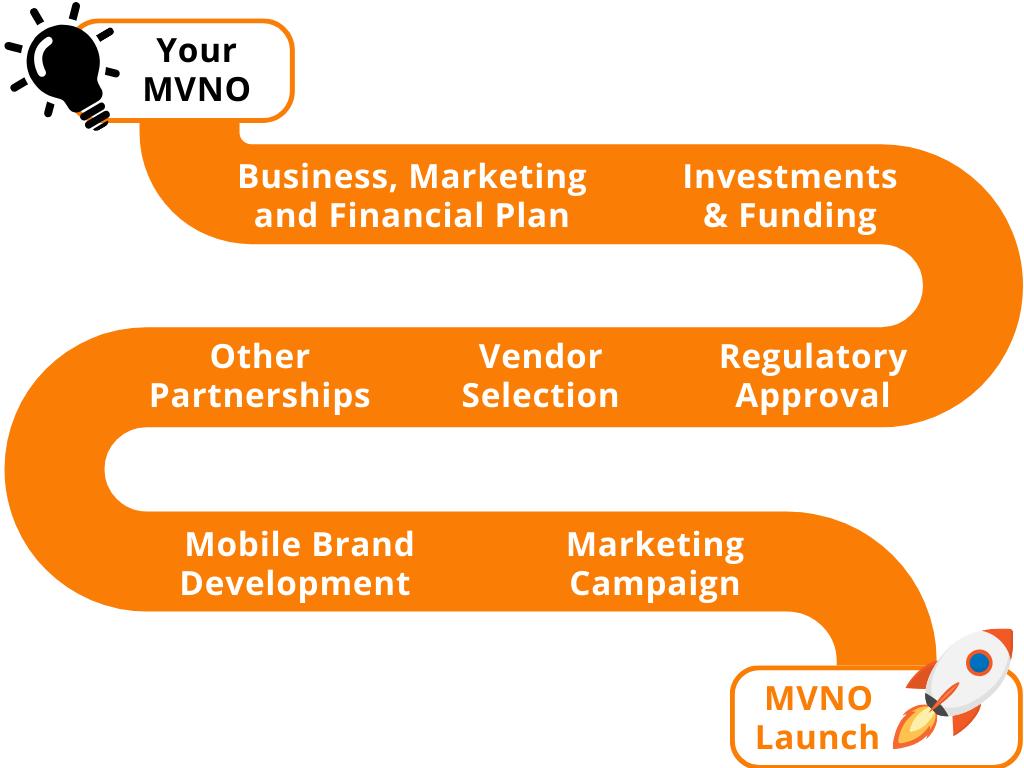
Expected Time to Launch: 9-15 months
M2M/IOT MVNOs require the development of sophisticated IoT platforms, partnerships with device manufacturers, and specialized customer support. Implementing IoT solutions and ensuring their seamless operation takes time.
You might be able to expedite the launch process with a specific Strategy: For example, use pre-built IoT platforms for rapid prototyping. Collaborate with device manufacturers for pre-integrated solutions. Implement remote monitoring and diagnostics for quick issue resolution.
What is the expected impact of 5G for M2M & IOT MVNOs?
5G facilitates rapid data exchange for IoT devices, enabling real-time monitoring and analytics. M2M/IOT MVNOs can offer advanced solutions for industries like healthcare, transportation, and manufacturing, driving IoT adoption. For more details see the Mobile Network section.

What is the expected impact of eSIM for M2M & IOT MVNOs?
Frequently Asked Questions
1. How can M2M & IoT MVNOs effectively manage the technical complexities inherent in machine-to-machine integration and ensure seamless compatibility and reliability across diverse devices and platforms?
Answer: M2M & IoT MVNOs can navigate technical complexities by leveraging expertise in IoT solutions and fostering continuous advancements in integration processes. Implementing robust testing protocols and quality assurance measures ensures compatibility and reliability across diverse devices and platforms. Moreover, maintaining agility and adaptability enables MVNOs to swiftly address emerging challenges and technological advancements in the dynamic IoT landscape.
2. Besides providing IoT solutions to businesses, what other revenue sources can M2M & IoT MVNOs explore to diversify their income streams and enhance profitability?
Answer: In addition to IoT solutions, M2M & IoT MVNOs can diversify revenue streams by exploring ancillary services and value-added offerings tailored to specific industries. For instance, offering consulting services for IoT strategy development, data analytics solutions, or customized software development unlocks new revenue opportunities. Furthermore, monetizing data insights derived from IoT deployments through subscription-based analytics services or targeted advertising initiatives contributes to enhanced profitability and sustained growth.
3. How can M2M & IoT MVNOs tailor their marketing strategies to effectively target industries reliant on IoT solutions and showcase the efficiency gains associated with their offerings?
Answer: M2M & IoT MVNOs can tailor marketing strategies by aligning messaging with industry-specific pain points and showcasing tangible efficiency gains associated with IoT deployments. Collaborating with IoT device manufacturers for joint promotions and leveraging industry exhibitions and conferences facilitates direct engagement with target audiences. Additionally, leveraging case studies and success stories on successful telemetry implementations and ROI metrics underscores the value proposition and drives adoption among prospective clients.
4. What financing options are available for M2M & IoT MVNOs to support their initiatives in IoT platform development, partnerships with device manufacturers, and specialized customer support?
Answer: M2M & IoT MVNOs can access a range of financing options to support initiatives in IoT platform development, partnerships, and customer support. Traditional avenues such as venture capital investments, bank loans, or strategic partnerships offer capital infusion for growth and expansion. Additionally, exploring government grants, research and development funding, or crowdfunding platforms provides alternative financing mechanisms tailored to specific project requirements and growth objectives.
5. How can M2M & IoT MVNOs leverage emerging technologies like 5G and eSIM to enhance service offerings and drive IoT adoption across various industries?
Answer: M2M & IoT MVNOs can harness the potential of emerging technologies like 5G and eSIM to innovate service offerings and accelerate IoT adoption across industries. Leveraging 5G capabilities for rapid data exchange enables real-time monitoring, analytics, and actionable insights crucial for industries like healthcare, transportation, and manufacturing. Similarly, integrating eSIM-enabled devices simplifies IoT deployment, streamlining setup processes and reducing operational complexities. By embracing technological advancements, M2M & IoT MVNOs can position themselves as catalysts for digital transformation and drive sustainable growth in the IoT ecosystem.
Summary
In summary, M2M & IOT MVNOs are poised to play a critical role in the future of the Internet of Things (IoT) by providing reliable and secure connectivity for machine-to-machine communication. This enables businesses across various industries, including healthcare, manufacturing, and agriculture, to remotely manage and monitor devices, optimizing operations and driving efficiency gains.

